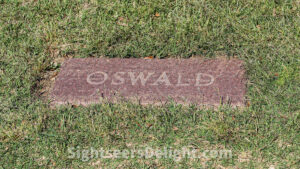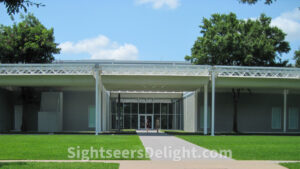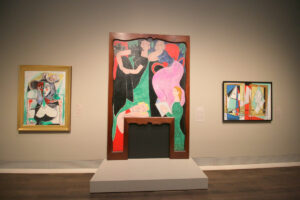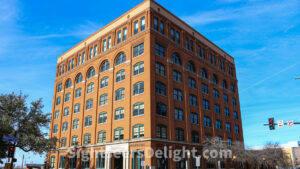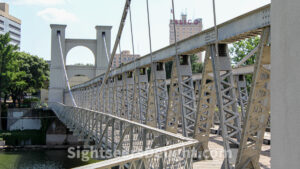Shannon Rose Hill Memorial Park is famous as the final resting place of Lee Harvey Oswald, the man who allegedly killed President John F. Kennedy. Oswald, 24 years old at the time of his death, ended up here because no other funeral home wanted his body. Within months of his burial, thousands of visitors stopped by his grave to catch a glimpse of the final resting place of the alleged presidential assassin.
76112
The Susanna Dickinson Museum occupies the house Joseph Hannig constructed in 1869 for his new wife, Susanna Dickinson. Dickinson survived the Battle of the Alamo and delivered the news of its fall to Sam Houston. Houston went on to defeat Santa Anna at the Battle of San Jacinto, winning independence for the Republic of Texas. Dickinson earned the nickname of the “Messenger of the Alamo.” The “rubble-rock” style house, a style of architecture brought to the Texas Hill Country by German immigrants, is the only remaining residence of Susanna Dickinson. The museum displays rare Dickinson family artifacts and furniture Hannig produced.
78701
The Texas Capitol in Downtown Austin is perhaps the most recognizable state capitol building in the country. The Italian Renaissance Revival-style building stands 302.64 feet tall, making it the sixth tallest state capitol and taller than the United States Capitol in Washington. Workers laid the building’s cornerstone on March 2, 1885, Texas Independence Day. The capitol’s exterior walls are faced with red granite, which was quarried from near Burnet, Texas. Detroit architect Elijah E. Myers designed the edifice, which was completed in 1888. The building’s grounds are home to several monuments, including the Volunteer Firemen Monument and the Heroes of the Alamo Monument.
78701
A legacy of the philanthropists John and Dominique de Menil, the Menil Collection opened in 1987. The museum presents regular rotations of artworks from its growing permanent collection, organizes special exhibitions and programs throughout the year, publishes scholarly books, and conducts research into the conservation of modern and contemporary art. The Menil Collection’s main museum building, the first building in the United States designed by Renzo Piano, anchors a park-like 30-acre campus, which also includes the Cy Twombly Gallery, a site- specific Dan Flavin installation, the Byzantine Fresco Chapel — now a venue for long-term installations by contemporary artists — and outdoor sculpture.
77006
Established in 1900, the Museum of Fine Arts, Houston, is one of the 10 largest art museums. The museum is home to an encyclopedic collection of more than 65,000 works dating from antiquity to the present. The main campus comprises the Audrey Jones Beck Building, designed by Rafael Moneo and opened in 2000; the Caroline Wiess Law Building, originally designed by William Ward Watkin, with extensions by Ludwig Mies van der Rohe completed in 1958 and 1974; and the Lillie and Hugh Roy Cullen Sculpture Garden, designed by Isamu Noguchi and opened in 1986. Additional spaces include a repertory cinema, two libraries, public archives, and facilities for conservation and storage.
77005
Originally opened in 1989, the museum, tells not only the story of Kennedy’s assassination and the aftermath of his death, but puts into context Kennedy’s visit to Dallas, which was in essence the first stop of his 1964 re-election campaign. The most powerful scene in the museum is arguably the reconstructed sniper’s perch. According to the Warren Commission, Oswald organized boxes containing schoolbooks into the perch; the museum based its reconstruction on photographs taken on Nov. 22, 1963.
75202
The Waco Suspension Bridge opened to traffic in January 1870, making it roughly 13 years older than the more famous Brooklyn Bridge. The 475-foot-long bridge forever changed travel in the area. Built at an estimated cost of roughly $141,000 (estimates vary) and designed by Thomas M. Griffith, the bridge was the first major suspension bridge in the state of Texas.
76704

